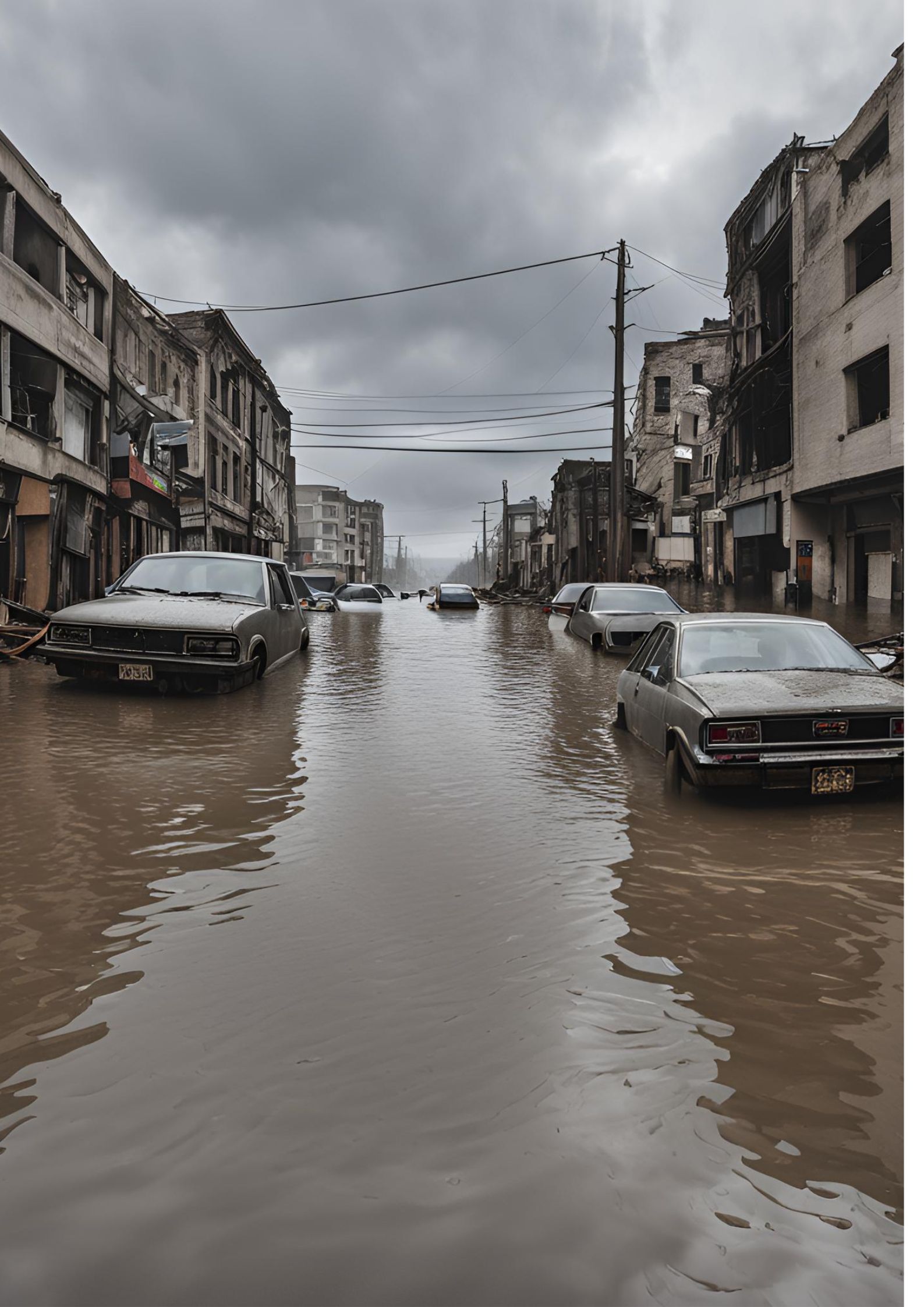Nepal floods have resulted in over 180 fatalities across the country, with more than 62 individuals still missing. Rishi Ram Tiwari, a ministry spokesperson, reports that bulldozers clear blocked highways, isolating Kathmandu from the rest of Nepal. “More than 3,000 people have been rescued,” he says.
Floods have become increasingly common during the monsoon season, which runs from June to September. Climate change worsens the frequency and severity of these disasters.
Earlier this year, a landslide in Chitwan district pushed two buses with 59 passengers into a river. Only three individuals managed to escape, while authorities recovered just 20 bodies amid the raging waters. In total, more than 260 lives have been lost in Nepal due to rain-related disasters this year.
Recent devastation in Kathmandu
Over the weekend, flash floods struck Kathmandu, inundating entire neighborhoods. Overflowing rivers caused extensive damage to highways that connect the city to other regions of Nepal.
Kumar Tamang, a resident of a slum near the riverbank, described his harrowing experience: “We had to flee after midnight on Saturday as the waters rushed into our shack.” When he returned the next day, he felt shocked by the changes. “Everything looks different. We couldn’t even open the doors to our house; it was jammed with mud.”
The human cost of Nepal floods
Among the casualties, at least 35 victims became trapped in vehicles buried by a landslide that crashed onto a highway south of Kathmandu. The Department of Hydrology and Meteorology reported record-breaking rainfall in the 24 hours leading up to the floods. Kathmandu airport measured about 240 millimeters (9.4 inches) of rain, the highest since 2002.
As the Bagmati River and its tributaries overflowed, residents battled through chest-deep water in search of higher ground.
Bishnu Maya Shrestha, a survivor, recounted how her family cut through their roof to escape. “We jumped from one roof to another to reach safety until rescue boats arrived,” she shared.
Rescue efforts and humanitarian aid
In response to the floods crisis, over 3,000 security personnel assisted with rescue operations, Medialord learned.
Helicopters and motorboats supported these efforts. Rafts also pulled survivors to safety. Humanitarian organizations actively participated in search and rescue missions, providing essential relief to affected families.
Jagan Chapagain, head of the International Federation of Red Cross and Red Crescent Societies, stated on social media that teams distribute non-food items, hygiene kits, and set up evacuation centers.
The summer monsoon accounts for 70-80 percent of South Asia’s annual rainfall. While these rains have historically brought destruction, the frequency of fatal floods and landslides has noticeably increased in recent years. Experts attribute this rise to climate change.

Leave feedback about this